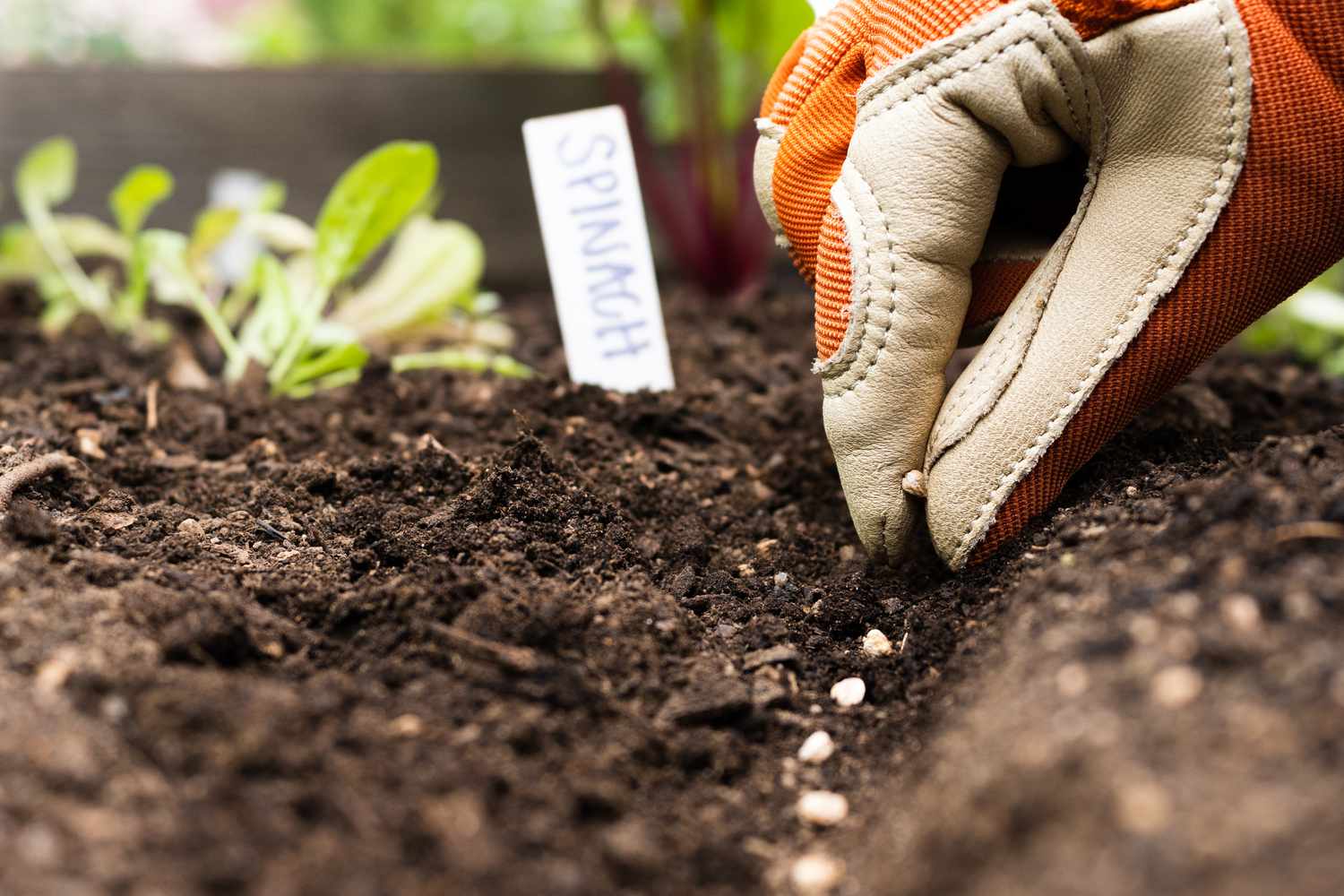Discover the Benefits of Winter Sowing and How It Differs from Traditional Seed Starting
Winter sowing is a gardening technique that offers numerous benefits, especially for those who want to get a head start on their spring planting. Unlike traditional seed-starting methods, winter sowing takes advantage of the natural elements and mimics the conditions necessary for seeds to germinate and grow.
One of the most enticing benefits of winter sowing is its cost-effectiveness. Unlike using indoor setups with artificial lights and heating pads, winter sowing relies on simple materials such as recycled containers and minimal equipment. This not only saves money but also reduces the environmental impact commonly associated with conventional seed starting.
Moreover, winter sowing allows for greater diversity in plant choices. While traditional seed starting requires meticulous planning and timing, winter sowing provides more flexibility in terms of when and what types of seeds can be started. By creating mini greenhouses using translucent containers, gardeners can sow a wide variety of cold-hardy seeds during the colder months, resulting in a greater selection of plants come springtime.
Another significant advantage is that winter-sown plants tend to develop stronger root systems than their indoor-started counterparts. Exposed to fluctuating temperatures and outdoor conditions early on, these plants adapt better to their eventual outdoor environment. This resilience often translates into healthier growth patterns and increased resistance against pests and disease.
Furthermore, by embracing winter sowing as a method for seed starting, gardeners can foster a deeper connection with nature throughout the entire gardening process. The act of placing the seeds into the soil-filled containers and allowing them to experience firsthand the changes in weather stimulates an appreciation for natural cycles and fosters patience as gardeners eagerly await their bountiful harvests.
In summary, winter sowing offers numerous benefits over traditional seed starting methods. From its cost-effectiveness and expanded plant options to stronger root development and an enhanced connection with nature, this technique paves the way for a successful gardening season filled with beauty and abundance.
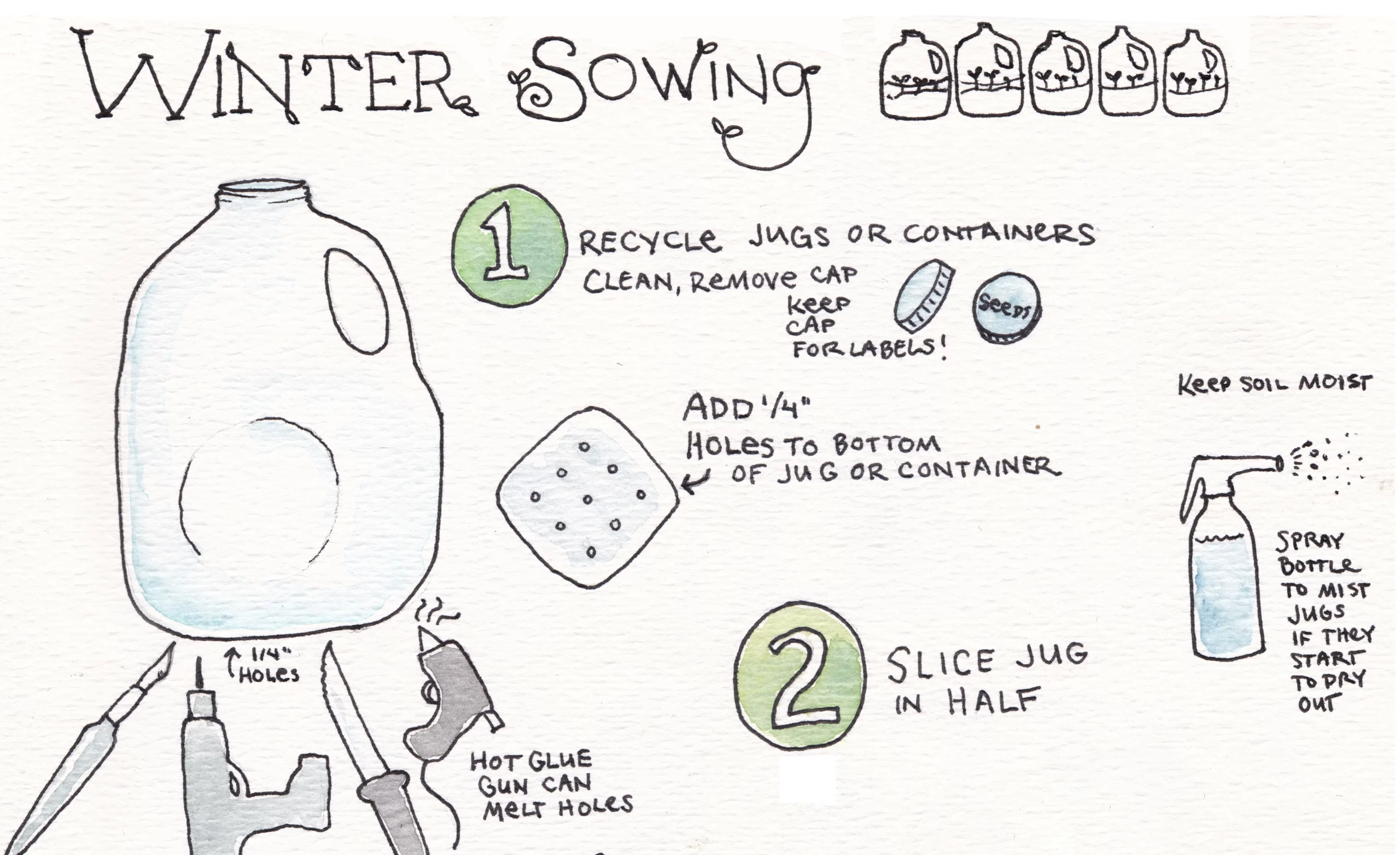
Choosing the Right Seeds for Winter Sowing and Understanding Their Cold Hardiness
When it comes to winter sowing, choosing the right seeds is crucial for a successful outcome. Understanding the cold hardiness of different plant species can help you make informed decisions and ensure that your garden thrives during the colder months.
Winter sowing is a unique gardening technique that allows you to sow seeds outdoors in containers during the winter season. It takes advantage of natural freeze-thaw cycles to mimic the stratification process that many seeds require to germinate.
To effectively winter sow, it’s important to select seeds that have a high cold hardiness rating. Cold hardiness refers to a plant’s ability to withstand freezing temperatures without being damaged. This is particularly important because during winter sowing, these seeds will be exposed to fluctuating temperatures and potentially harsh weather conditions.
By understanding the cold hardiness of different plant species, you can choose those that are more resilient and adapted to survive in your specific climate. This knowledge will help you select the right type of seeds for your winter sowing project, maximizing your chances of success and ensuring a bountiful garden when spring arrives.
In conclusion, when embarking on winter sowing, take into consideration the cold hardiness of different plants before selecting your seeds. By doing so, you’ll set yourself up for success and enjoy a vibrant and thriving garden come springtime.
The Art of Preparing and Assembling DIY Winter Sowing Containers
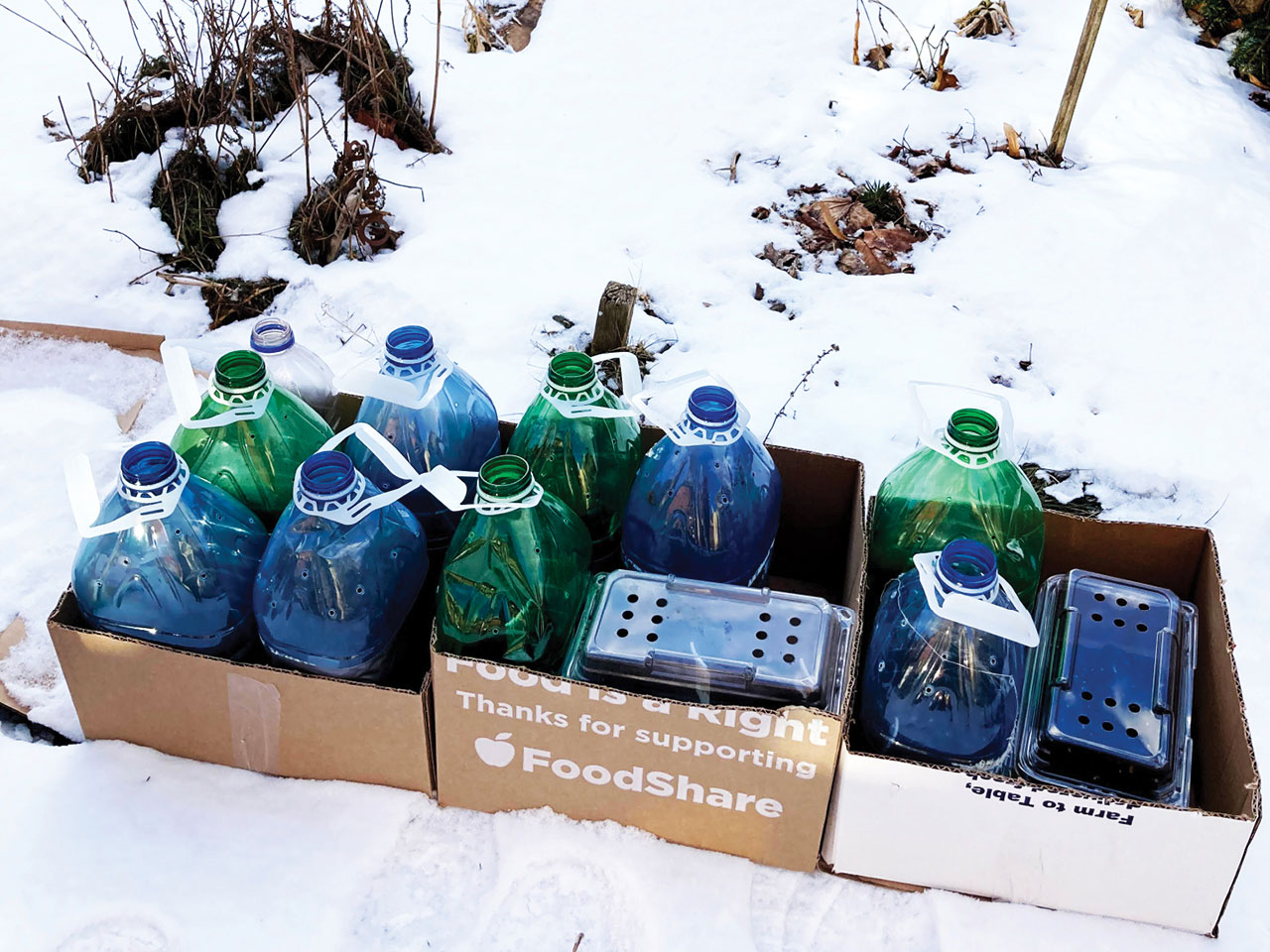
Winter sowing is an art form that allows gardeners to start their seeds outdoors during the winter months. It is a cost-effective and environmentally friendly method of growing plants, and preparing and assembling the right containers is crucial for successful winter sowing.
When it comes to DIY winter sowing containers, there are several options available. One popular choice is using recycled materials such as plastic containers, milk jugs, or clear plastic bags. These materials provide the necessary insulation and protection for the seeds.
To prepare these containers, it’s important to ensure they have proper drainage by punching holes in the bottom. This prevents waterlogging and ensures that excess moisture doesn’t harm the emerging seedlings.
Assembling the containers involves creating mini greenhouses by placing the prepared containers in a sunny location. The clear plastic coverings allow sunlight to penetrate while trapping heat inside, creating an ideal environment for seed germination.
Another important aspect of assembling DIY winter sowing containers is labeling them accurately. This helps keep track of different plant varieties and their specific requirements throughout the growing season.
Overall, mastering the art of preparing and assembling DIY winter sowing containers allows gardeners to extend their growing season, save money on indoor seed starting equipment, and enjoy an abundance of thriving plants come springtime. With a little creativity and resourcefulness, anyone can successfully embark on this exciting gardening journey using simple materials readily available at home.
Mastering the Winter Sowing Technique: Step-by-Step Instructions for Success
Are you eager to try your hand at winter sowing but unsure where to begin? Look no further! In this section, we will guide you through the step-by-step instructions for mastering the winter sowing technique. Whether you’re a seasoned gardener looking to expand your repertoire or a beginner with a green thumb, this method is a fantastic way to get a head start on your spring gardening.
Winter sowing is a unique and cost-effective approach that takes advantage of the natural cold stratification process. By sowing seeds in mini greenhouses during the winter months, you can create optimal conditions for germination once spring arrives. This technique eliminates the need for artificial heating or expensive equipment, making it accessible to gardeners of all levels.
To start off, we will walk you through gathering the necessary supplies and preparing them for use. From there, we’ll delve into selecting the ideal seeds for winter sowing and discuss helpful tips on proper seed storage and handling. Next, we’ll guide you through creating an effective mini greenhouse using recycled materials readily available around your home.
Once your mini greenhouse is set up, we’ll cover important details such as proper watering techniques and monitoring temperature fluctuations. We understand that success lies in attention to detail during this critical stage of germination. Rest assured – our step-by-step instructions will ensure that you have everything under control.
As we progress towards springtime, we will navigate through transitioning your winter-sown seedlings into larger containers or garden beds as they grow stronger. We will touch upon essential care practices such as thinning seedlings and protecting them from frost conditions until they can be fully transplanted outdoors.
By following our comprehensive instructions backed by years of experience and knowledge, you’ll gain confidence in mastering the winter sowing technique successfully! So roll up your sleeves and let’s dive into this exciting venture together!
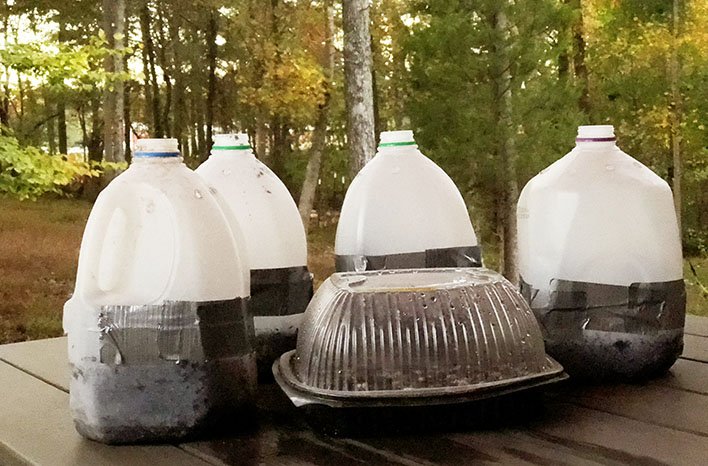
Caring for Your Winter Sown Seedlings: Tips on Watering, Ventilation and Protection from Extreme Weather Conditions
Winter sowing can be a rewarding method for growing seedlings, but it also requires special care and attention to ensure successful results. In this section, we will discuss important tips on watering, ventilation, and protection from extreme weather conditions when caring for your winter sown seedlings.
Watering is a critical aspect of nurturing your winter sown seedlings. It’s essential to strike a balance between providing enough moisture without overwatering. We will explore the best practices for watering your seedlings during the colder months, including techniques to prevent waterlogged soil and dehydration.
Proper ventilation plays a crucial role in maintaining optimal growing conditions for your winter sown seedlings. We will delve into the importance of fresh air circulation and how to ensure sufficient airflow while protecting your tender plants from harsh winds or excessive cold drafts.
Extreme weather conditions pose unique challenges for winter sown seedlings, such as frost, snowfall, or sudden temperature fluctuations. We will provide valuable insights on safeguarding your plants against these conditions and offer practical tips on providing adequate insulation and protection.
By implementing these effective strategies for watering, ventilation, and protecting against extreme weather conditions, you can maximize the success of your winter sown seedlings. With careful attention and proper care throughout their development, you can look forward to a bountiful harvest when spring arrives.
Harvesting the Fruits of Your Labor: Transplanting and Nurturing Your Winter Sown Seedlings in Spring
As winter days give way to the warmth of spring, it’s time to witness the fruits of your labor in the world of gardening. For those who have embraced the technique of winter sowing, this is a crucial period where careful transplanting and nurturing come into play.
Winter sowing has revolutionized the way gardeners approach their craft. By sowing seeds in miniature greenhouses during winter, these hardy seedlings enter a state of dormancy until spring arrives. Now, as nature awakens, it’s time to delicately transplant them into their new homes in your garden.
Transplanting your winter-sown seedlings is an art that requires patience and precision. By following the right techniques, you ensure their successful integration into your garden bed or containers. Proper spacing, soil preparation, and gentle handling are key factors in promoting healthy growth and avoiding stress-induced setbacks.
Nurturing these young seedlings in spring involves providing them with ideal growing conditions. Adequate sunlight exposure, water requirements tailored to each plant’s needs, and occasional protection from late frost are some considerations that demand attention. With proper care and nurturing during this critical phase, you can reap a bountiful harvest later in the season.
So let us explore the world of transplantation and nurturing together – learning methods to carefully handle our treasured seedlings as we transfer them from cozy greenhouses to their new outdoor habitats. Through tried-and-true techniques combined with a touch of personal experience, we will ensure optimal growth and abundance for our gardens this spring season – truly harvesting the fruits of our labor by embracing winter sowing.
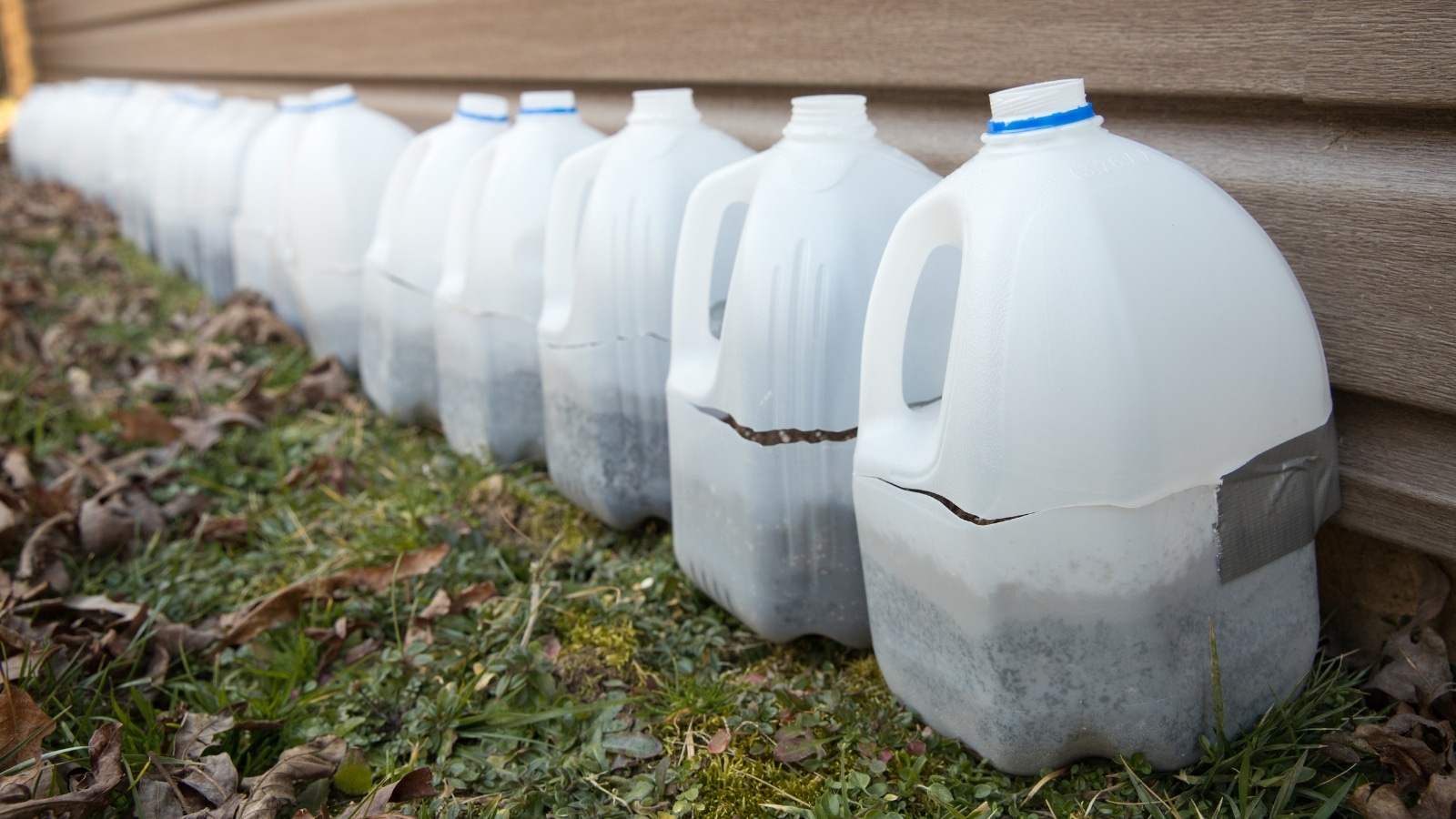
Conclusion: Embrace the Magic of Winter Sowing and Enjoy an Abundance of Plants in Your Garden!
In conclusion, embracing the magic of winter sowing can bring about a plethora of benefits to your garden. By utilizing this unique technique, you can harness the power of nature and enjoy an abundance of plants with minimal effort.
Winter sowing is a cost-effective and environmentally-friendly method that allows you to start your seeds outdoors during the colder months. This approach takes advantage of natural weather conditions such as snow, frost, and fluctuating temperatures to stratify seeds and promote healthy growth.
Not only does winter sowing save you time and money compared to traditional indoor seed starting methods, but it also offers numerous perks for your garden. Through this process, plants develop strong root systems and sturdy stems, resulting in more robust and resilient specimens. This means that they are better equipped to handle adverse weather conditions and thrive when spring arrives.
Furthermore, winter sowing allows you to experiment with a wider variety of plant species. Many cold-hardy plants benefit greatly from this technique, giving you access to unique blooms or bountiful harvests that may not have been possible otherwise.
So why wait until spring? Embrace the magic of winter sowing today and witness firsthand the beauty and abundance it can bring to your garden. With just a little bit of patience and a touch of nature’s help, you’ll be amazed at what you can achieve. Start sowing those seeds in winter, and reap the rewards in every season that follows!

